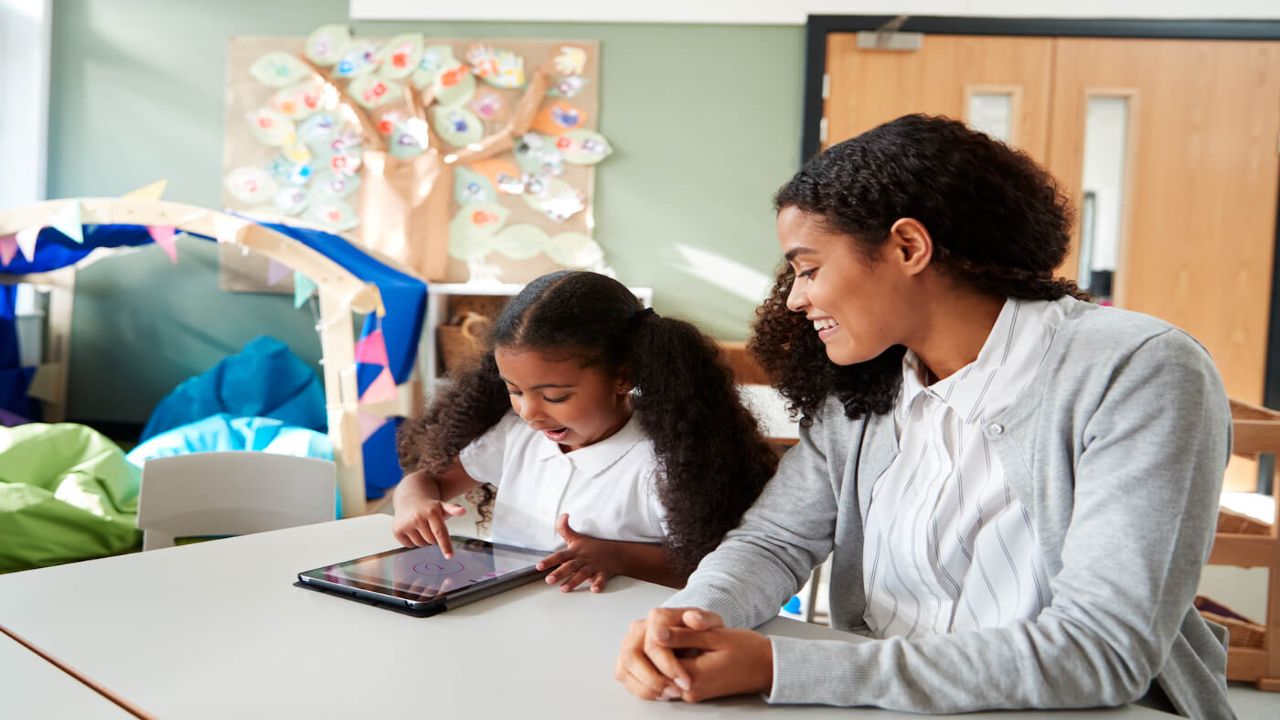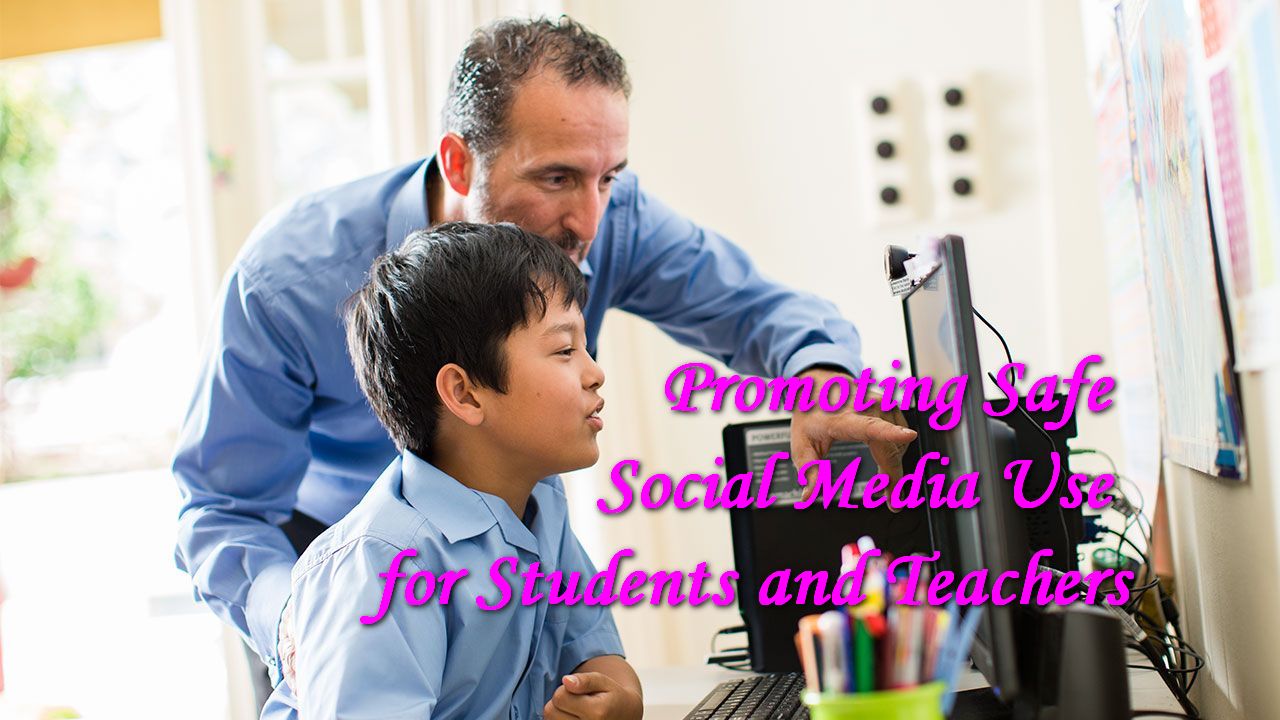With the digital landscape shaping much of our daily interactions, social media has become an integral part of the way we communicate, share information, and learn. For students and teachers alike, the vast array of online platforms offers incredible opportunities for collaboration, information sharing, and community building. However, it’s essential to navigate these spaces with a keen awareness of safety measures to ensure a positive online experience. Let’s explore some practical strategies for promoting safe social media use among students and teachers.
Clear Guidelines for Online Conduct

Creating a safe online environment begins with clear and concise guidelines for conduct. Students and teachers should be well-informed about what is considered acceptable behavior on social media platforms. This includes emphasizing the importance of respectful communication, avoiding cyberbullying, and understanding the potential consequences of inappropriate online conduct. For example, Anglo-Chinese schools in Hong Kong include such practices in their school programs.
Responsible Social Media Sharing
Sharing content on social media is a powerful way to express creativity and share knowledge. However, it’s crucial to instill a sense of responsibility when it comes to posting information online. Remind students and teachers to think twice before sharing personal details or sensitive information. Encourage them to consider the potential impact of their posts on themselves and others. By fostering a culture of responsible sharing, we contribute to a safer online space for everyone.
Digital Literacy Education

Empowering students and teachers with digital literacy skills is key to navigating the online world effectively. Incorporate digital literacy education into the curriculum, teaching critical skills such as verifying information, identifying online threats, and understanding the importance of privacy settings. By equipping individuals with the tools to discern credible sources and evaluate online content, we enable them to make informed decisions in the digital realm.
Open Lines of Communication
Building trust between educators and students is crucial in promoting safe social media use. Create an open dialogue where students feel comfortable discussing their online experiences, concerns, and questions. Encourage teachers to share relevant information and resources with students, fostering a sense of community that extends beyond the physical classroom. Open communication channels help ensure that potential issues are addressed promptly, contributing to a safer online learning environment.
Platform Updates and Security Measures
Social media platforms are continually developing, and staying informed about updates and security measures is essential for maintaining a safe online space. Regularly communicate with students and teachers about platform changes, new features, and security updates. Provide guidance on adjusting privacy settings, reporting inappropriate content, and recognizing potential security threats. By staying proactive in keeping up with the latest developments, educators can empower their students to make informed decisions in the ever-changing digital landscape.
So, social media in education is more than just taking advantage of online communication. They require a concerted effort to prioritize safety, foster responsible behavior, and equip students and teachers with the skills to navigate the digital world with confidence. By implementing these practical strategies, we can create a positive and secure online environment that enhances the educational experience for all.

